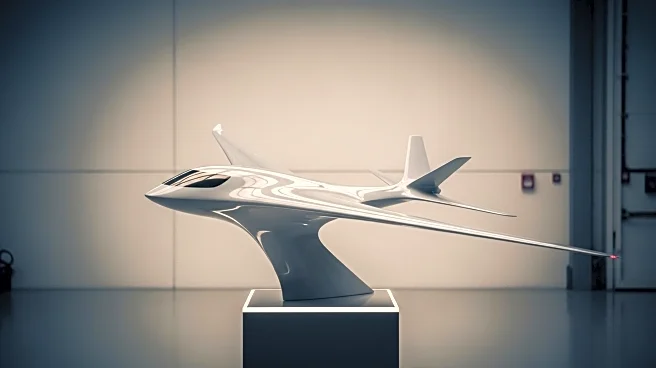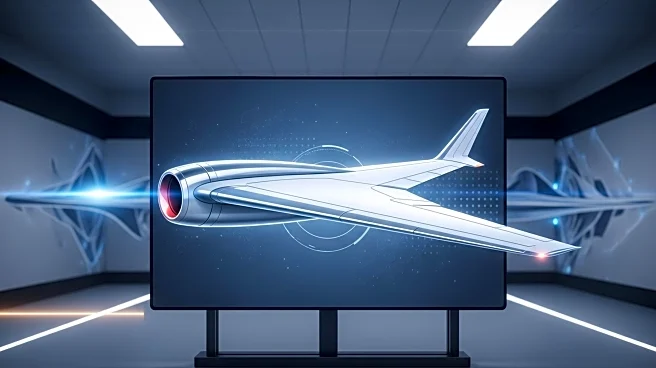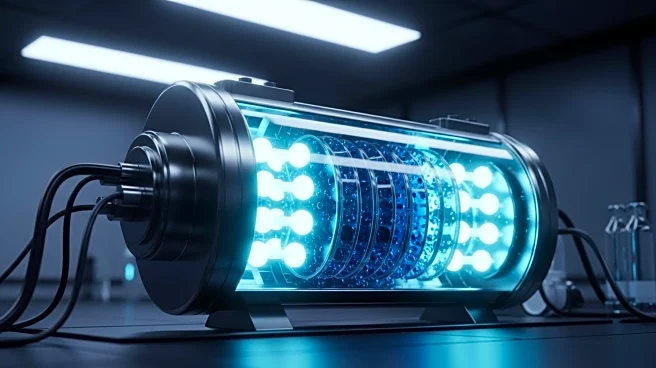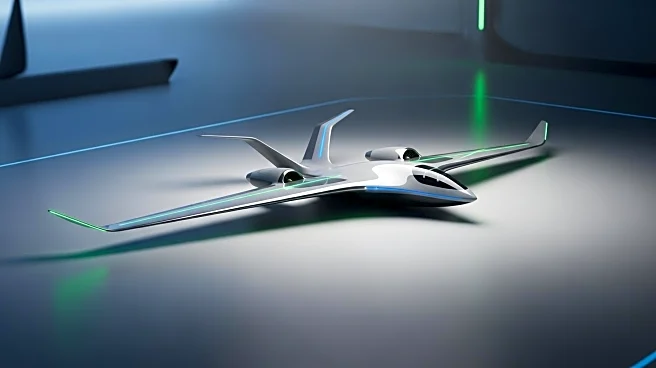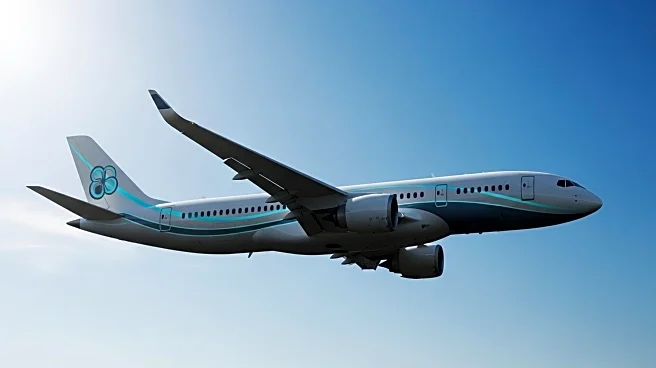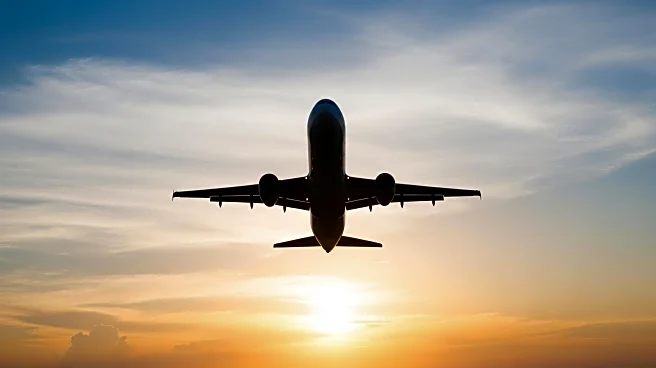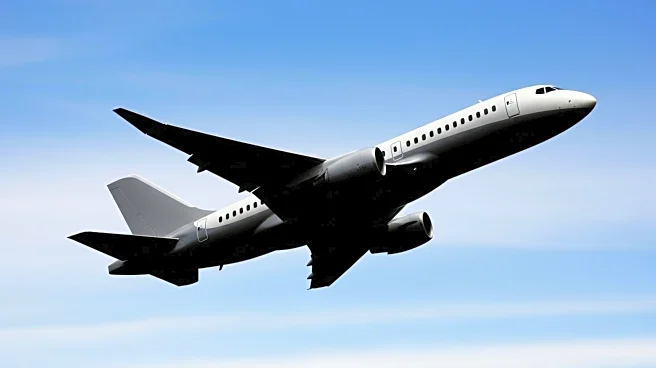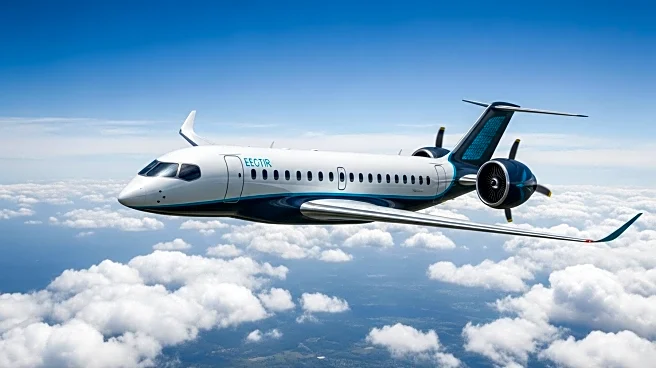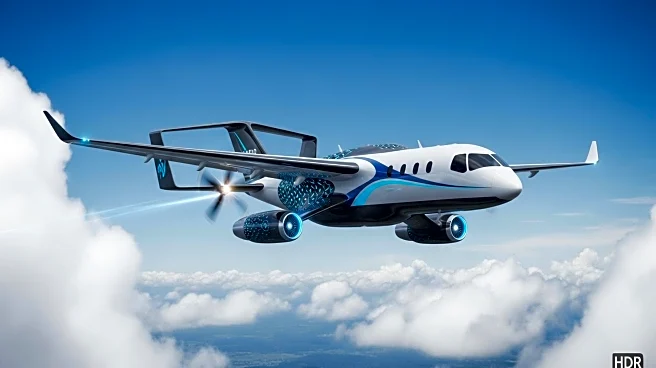What is the story about?
What's Happening?
Airbus CEO Guillaume Faury has indicated that the company is considering a blended-wing-body (BWB) design for larger aircraft, while maintaining traditional designs for its next-generation narrowbody jets. Speaking at the US Chamber of Commerce Global Aviation Summit, Faury explained that Airbus's research into BWB designs, part of its ZEROe project, suggests that such designs are more competitive for larger planes. The ZEROe project, aimed at developing hydrogen-powered aircraft, has been delayed due to technological and infrastructure readiness issues. Faury noted that while BWB designs offer potential benefits, they are less suitable for smaller aircraft due to drag issues. Airbus plans to launch its next narrowbody jet by the end of the decade, targeting a 20-25% improvement in fuel efficiency.
Why It's Important?
The exploration of BWB designs by Airbus could significantly impact the future of aviation, particularly in terms of fuel efficiency and environmental sustainability. As the aviation industry faces increasing pressure to reduce carbon emissions, innovative designs like BWB could offer a path forward. The potential shift to hydrogen-powered aircraft also aligns with global efforts to transition to cleaner energy sources. However, the delay in the ZEROe project highlights the challenges in developing and implementing new technologies. The success of these initiatives could influence Airbus's competitive position in the market and set new standards for aircraft design.
What's Next?
Airbus is expected to continue its research and development efforts in both BWB and traditional aircraft designs. The company aims to launch its next narrowbody jet by the end of the decade, with a focus on improving fuel efficiency. The aviation industry will be closely watching Airbus's progress, as well as the development of hydrogen technology and infrastructure. Stakeholders, including airlines and environmental groups, may push for faster adoption of sustainable technologies, while regulatory bodies could play a role in setting standards and guidelines for new aircraft designs.
AI Generated Content
Do you find this article useful?
